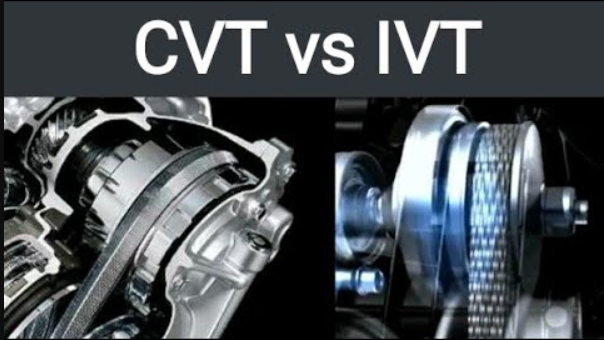IVT vs. DCT: Understanding the Differences and Applications
When it comes to video compression, there are many different technologies to choose from. Two of the most popular are IVT (integer-based transform) and DCT (discrete cosine transform). Both of these technologies are used to compress digital video, but they differ in their approach and application.
In this article, we'll explore the differences between IVTvs DCT, how they work, and their respective applications.
IVT vs. DCT: The Basics
IVT and DCT are both mathematical techniques used to transform video data into a compressed form that takes up less storage space. The difference between them lies in the way they transform the data.
IVT uses integer values to transform the video data, while DCT uses real-valued cosine functions. This means that IVT is more suited to handling integer-based data, while DCT is better suited to handling continuous data.
IVT works by dividing the video data into blocks and then applying a mathematical transform to each block. The transformed data is then quantized, which means that the values are rounded to the nearest whole number. This quantized data is then encoded and stored.
DCT, on the other hand, works by dividing the video data into blocks and then applying a mathematical transform that uses cosine functions. The transformed data is then quantized, just like in IVT, and encoded and stored.
So, which technology is better? The answer depends on the application.
Applications of IVT
IVT is best suited to applications that require high-quality, low-bitrate video. Because IVT uses integer values, it is very efficient at handling data with a low bit-depth. This makes it ideal for applications such as mobile video and video conferencing.
IVT is also very good at handling video with a lot of motion. Because it uses integer values, it is able to preserve more detail in moving objects than DCT, which can sometimes blur or distort moving objects.
Applications of DCT
DCT is best suited to applications that require high-quality, high-resolution video. Because DCT uses real-valued cosine functions, it is able to handle continuous data more efficiently than IVT. This makes it ideal for applications such as digital cinema and high-definition video.
DCT is also very good at handling video with a lot of detail. Because it uses cosine functions, it is able to preserve more detail in high-contrast areas than IVT, which can sometimes introduce artifacts such as blocking or banding.
IVT vs. DCT: Which One Should You Choose?
When it comes to choosing between IVT and DCT, the decision depends on the specific needs of your application. If you require high-quality, low-bitrate video with a lot of motion, then IVT is the better choice. If you require high-quality, high-resolution video with a lot of detail, then DCT is the better choice.
It's also worth noting that there are other factors to consider when choosing a video compression technology, such as compatibility with existing hardware and software, ease of implementation, and licensing fees. It's important to weigh all of these factors carefully when making a decision.
Conclusion
IVT and DCT are both powerful video compression technologies that have their own unique strengths and applications. IVT is best suited to applications that require high-quality, low-bitrate video with a lot of motion, while DCT is best suited to applications that require high-quality, high-resolution video with a lot of detail.
